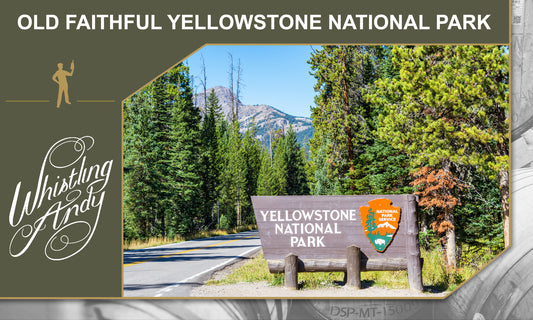Each cocktail has its own unique history and story. Often, they were the product of what was available at the time and place they were invented. Enter the Sazerac, the iconic New Orleans cocktail. Let’s dive into this cocktail’s history and origins and the sometimes surprising history that is lingering in your glass.
An American cocktail with French origins
The Sazerac has its roots in an agricultural blight in France in the mid-19th century. French immigrants in New Orleans traditionally made their cocktails and beverages with Cognac, a French brandy made from twice-distilled grapes. Unfortunately, an epidemic of phylloxera — known as the Great French Wine Blight, caused by an aphid native to North America that had been transported across the Atlantic — laid waste to two thirds of French vineyards causing a drastic plummet in cognac production.

The name ‘Sazerac’ originally referred to a brand of rye-whiskey produced in New Orleans under the name Sazerac de Forge et Fils that has since become synonymous with the cocktail. The Sazerac is considered one of the oldest American cocktails though like the Old Fashioned, its origins are debatable. Some consider the Sazerac to be the original American cocktail while others will say it’s the Old Fashioned.
The bitters that are added to the Sazerac — and what can be argued is the defining element of the drink — are Peychaud’s Bitters. These bitters originated in a pharmacy in the French quarter of New Orleans run by Antoine Amédée Peychaud, a Haitian immigrant. His pharmacy made medicinal tonics with some being useful when added to alcoholic beverages. Legend has it that Peychaud is responsible for the word cocktail as he was said to serve mixed drinks in an egg cup, called coquetier in French. If you try to pronounce that word and say something that sounds similar to cocktail in English, you may have accidentally uncovered the origins of the word.
The original Sazerac bar
Cocktail recipes in the 19th century largely spread via word of mouth, books, or trying a drink at a bar or saloon and then asking another establishment to make something similar. “Mixology” as we now know it isn’t all that different from what it was historically.
In the mid 19-century, a man named Aaron Bird owned a New Orleans bar, and either he or Peychaud himself developed and published the original recipe which combined the Sazerac liquor and the Peychaud bitters. Bird recognized the potential of the Sazerac and made it his bar’s signature drink and changing the name of his establishment to the Sazerac House.
Nowadays, many people are familiar with the name Sazerac because of the Sazerac Company, which has several distilleries and is the largest alcohol distilling company in the United States.
Absinthe and the Sazerac
Another defining ingredient in the Sazerac cocktail is the addition of absinthe. Traditionally, absinthe was added to the Sazerac, probably first by the Old Absinthe House in New Orleans. Absinthe is one of the primary ingredients that defines and separates the Sazerac from the Old Fashioned when it is made using whiskey.
One could say that absinthe adds some extra strength to the Sazerac, to say the least, though with absinthe being illegal in the United States between 1912 and 2007, it was often replaced with other anise-based liqueurs.

What’s in a Sazerac today?
It depends on who you ask. You could still make a Sazerac with the original Sazerac Cognac, but it is also common now to use whiskey or even bourbon. Cognac will give a fruitier and more complex Sazerac, while whiskey will have notes of vanilla and caramel.
Everyone can agree that Peychaud’s bitters are still required for a Sazerac to be a Sazerac, as they impart the tart and fruity notes reminiscent of cherry and rhubarb.
Finally, you can add just a little bit of absinthe or another anise-based liquor. Be sure to include some ice and a little sugar too. The ratios are between you and maybe the bartender. At most, your host might ask if you prefer Cognac or whiskey and whether or not you want to add absinthe.
Sazerac is New Orleans’ own drink, in quite a literal way, as the drink is best known there. Like many other drinks originating from the 19th century, the name is derived more from a place or person than an actual description of the combination of Cognac or whiskey, Peychaud’s bitters, water, and sugar. When in New Orleans, try one of the originals. They will definitely know what you are asking for — after all, the name might be on the sign!





